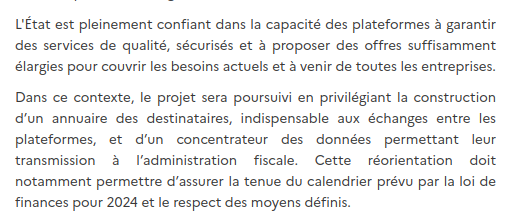Bonjour a tous et toutes, chères utilisateurs, intégrateurs, développeurs francophone !
Je me présente rapidement, cela fait 10 ans que je fait de l’intégration, formation, développement personnalisé pour des ERP/CRM basé sur des solutions libres (Dolibarr principalement) : [FHenry (HENRY Florian) · GitHub].
J’ai découvert ERPNext et Frappe il y a peu et la première chose qui m’a énormément plu c’est cette volonté de proposer tout en natif et open source. Mon coté libriste à tout de suite dit : oui. Quand je regarde l’équivalent Odoo qui pour les montées de versions oblige à passer par eux, ça laisse songeur.
Je me suis amusé, réellement, à installer Frappe “à la main”, puis avec la simplicité de Docker, et enfin j’ai mis les mains dedans (New to Frappe but already suggest an update of library management tutorial module).
Je suis bluffé par la rapidité des développements, de la puissance du cadriciel.
Je creuse profondément maintenant sur le coté fonctionnel d’ERPNext, puisque maintenant je comprends comme il fonctionne sous le capot.
A première vue, ERPNext est peu complexe par rapport aux clients à qui je propose mes services d’intégration. Par exemple créer un devis avec la bonne TVA et le bon prix, pour un produit, nécessite “un peu” de configuration préalable, pas forcément intuitive. Mais en même temps le positionnement “alternative à SAP” oblige ce niveau de complexité. Pour le coup par rapport à Dolibarr par exemple, c’est carrément complexe dans ERPNext.
J’ai bon espoir de préparer un module qui simplifie tout ça pour le fonctionnement en France car la puissance de l’outil le mérite.
Si vous avez des retours d’expériences d’intégrations, des “Succes story” ou “Failed story”, cela pourrait être intéressant de les partagés ?
En vous souhaitant une bonne continuation avec cet outil qui mérite toute la place sur le marché français.
A vous lire









